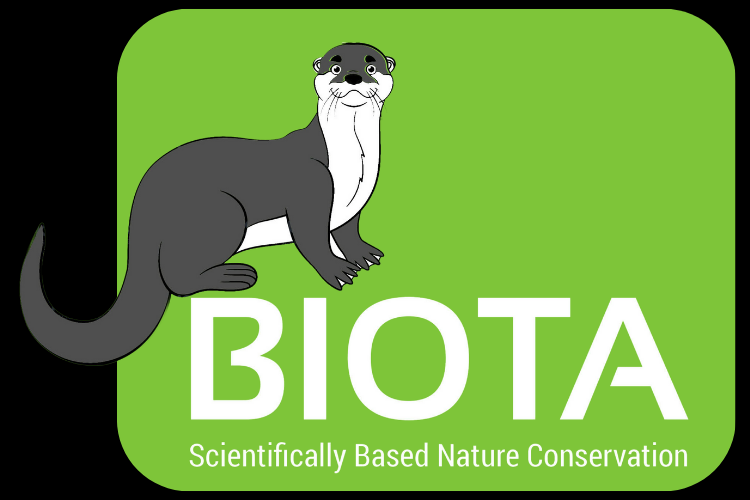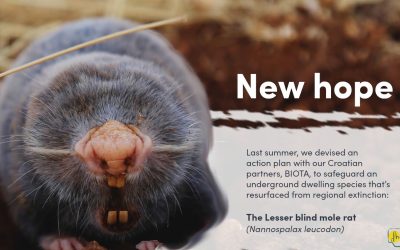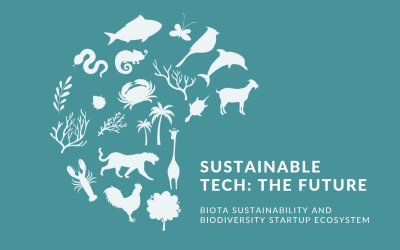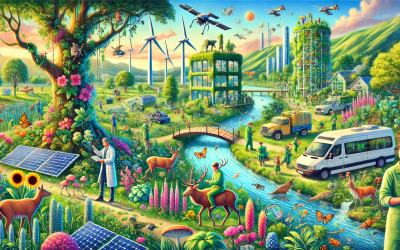Lately, I’ve been thinking about how disruptive AI is to today’s economy. It’s hard to ignore the impact these tools are having, not just on the tech world but across industries. And while it feels unprecedented, this kind of disruption has happened before—when machines took over manufacturing during the Industrial Revolution and when the internet moved everything online during the dot-com boom.
Economic advancements, much like evolution, aren’t slow, gradual processes. They happen in huge, sudden leaps, followed by periods of relative calm. These transformative moments change everything, and businesses must adapt or risk being left behind.
This idea reminds me of a fascinating evolutionary story from an experiment with lizards on isolated Adriatic Islands in Croatia. About 50 years ago, species A lived on Island A, and species B lived on Island B. Researchers swapped 10 pairs of each species between the two islands—placing 10 pairs of species A on Island B, and species B on Island A. After 40 years, nothing significant had changed on Island A. But on Island B, something remarkable happened.
The original 10 pairs of species A didn’t just survive—they completely overtook the population of species B, which had once been in the millions but was now wiped out. More astonishingly, species A, in order to thrive on Island B, underwent a morphological transformation. It had evolved to resemble species B, adapting to its new environment in just 40 years.
Rapid change => Rapid adaptation or Die
This rapid adaptation is a perfect analogy for what we’re seeing in business today. The Industrial Revolution was one such leap, where machines replaced manual labor. The internet was another, moving commerce and communication online almost overnight. And now, AI is driving a similar transformation—only this time, the change is happening faster than ever. And within my professional lifetime. I have a feeling that if I don’t jump on this train, there might not be another one in my company’s lifetime.
Evolution: Not Always Slow
For a long time, scientists believed that evolution was a slow, gradual process. The traditional view of evolution, based on Darwinian principles, proposed that species adapt over extremely long periods—centuries, even millennia. Change, in this model, is slow and incremental, often too gradual to notice. However, more recent discoveries have highlighted that evolution can happen more rapidly under certain conditions.
This faster-paced evolution occurs when environments change abruptly. In these instances, species must either adapt quickly or face extinction. This dynamic model of evolution provides a more nuanced understanding of how living systems respond to external pressures—and this is where we can see clear parallels with business.
Businesses as Organic Systems
Much like living organisms, businesses don’t exist in a vacuum. They are deeply embedded in complex ecosystems of suppliers, customers, competitors, and regulatory bodies. As in nature, the ‘environment’ of a business—its industry landscape—can shift rapidly, whether due to new technologies, regulatory changes, or shifting consumer preferences.
In these dynamic environments, businesses that adapt quickly to change often thrive, while those that don’t are left behind. For example, the rise of digital technologies has disrupted many traditional industries. Companies like Blockbuster and Kodak, which failed to evolve in response to these shifts, were effectively “outcompeted” and went extinct, while others, like Netflix and Apple, adapted and thrived.
Businesses, much like the animals, must evolve to survive. The rise of AI tools is not just another technological trend; it’s a fundamental shift in how work is done. Just as species A adapted and thrived in a new environment, businesses need to harness AI’s potential to stay competitive. Those that fail to do so may find themselves outcompeted or even extinct.
The story of AI is much like that of rapid evolution. These shifts don’t take centuries—they happen in a few years, sometimes even faster. This is the time when the cards get reshuffled, and you either get ahead or you get left behind.
If companies aren’t adopting AI now, they risk missing a once-in-a-lifetime opportunity to evolve. Just as with past technological revolutions, those who adapt will dominate, while those who don’t will fade away. I just read about Kodak and Nokia’s demise from once great companies to ashes (just like species B).
It is Evolve or Parish, it seems!
Are you evolving?
P.S. What are the main characteristics of living beings that could/should be copied into a company to enable it to be as resilient and continuous as life?
The main characteristics of living beings that should be implemented by a company to enhance its resilience and continuity include adaptability, growth, response to the environment, self-regulation, homeostasis, and energy processing. These traits help living organisms thrive and could similarly benefit a company’s longevity and adaptability. Idea for next blog post is already here 🙂





0 Comments